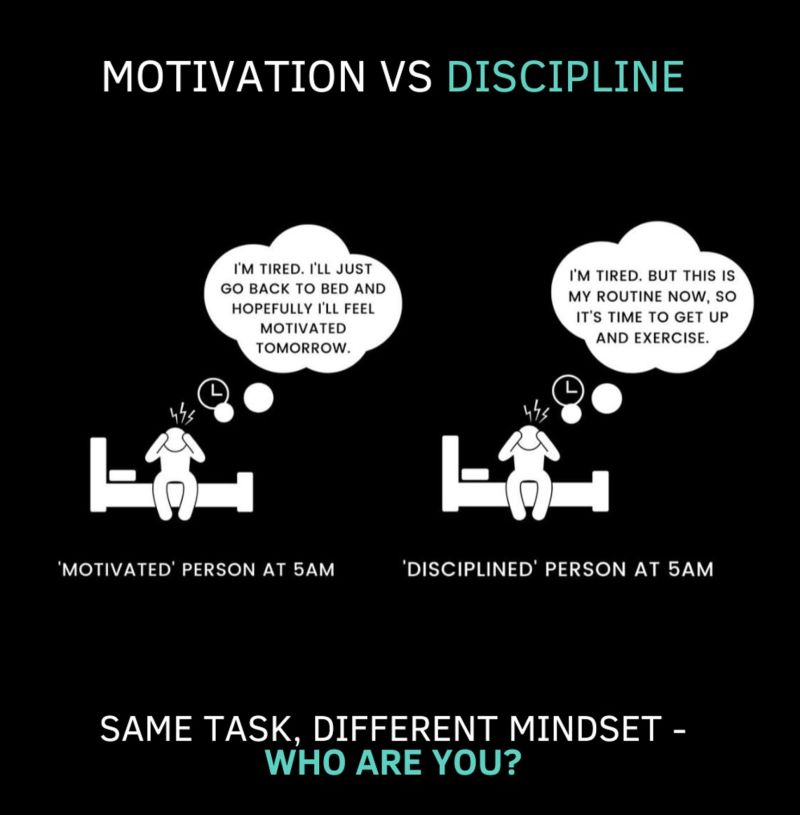
How to Build Long-Term Consistency in Training
Most people know what to do — train hard, eat well, recover — but few manage to do it consistently over months or years. Consistency is the real secret behind every successful transformation. It’s not about perfection, but the ability to stay in motion, even when motivation dips. So how do you build consistency that lasts for years, not weeks?
1. Understand That Progress Is Not Linear
Training results don’t come in a straight line. There will be days when you feel strong and others when you don’t. The key is to expect fluctuations, not get discouraged by them. According to Sutton et al. (2021), long-term adherence improves when individuals accept variability as part of the process instead of interpreting it as failure.
Consistency isn’t about doing your best every day — it’s about showing up most days.
2. Create Structure, Not Chaos
Discipline thrives on structure. Random workouts, inconsistent sleep, or unplanned nutrition create confusion — and confusion kills consistency.
Build a system around your training:
-
Set fixed workout times (like appointments).
-
Follow a structured program (e.g., periodized or progressive).
-
Track your sessions and progress weekly.
This removes decision fatigue and helps you stay on track even when motivation is low.
That’s why NASC-certified coaches design training systems based on progressive overload and periodization, ensuring clients can follow long-term frameworks rather than chasing quick fixes.
3. Focus on Habits, Not Feelings
Motivation is unreliable. Habits are not. A study by Lally et al. (2010) found that it takes an average of 66 days to form a stable habit — once a behavior becomes routine, it requires much less mental effort to sustain.
Start with small, repeatable actions:
-
Commit to training 3 times per week consistently before increasing frequency.
-
Prepare meals in advance rather than improvising daily.
-
Keep your gym gear ready the night before.
These “micro-systems” reduce resistance and turn training into part of your identity.
4. Redefine What Progress Means
Progress isn’t always about adding weight to the bar. It can mean:
-
Better form or posture.
-
Improved recovery or energy levels.
-
Greater discipline or focus.
Tracking multiple forms of progress keeps motivation alive when physical changes are slower. NASC programs encourage coaches to use multi-dimensional progress markers — strength metrics, body composition, and even lifestyle compliance — to sustain client engagement.
5. Build an Environment That Supports You
Environment shapes behavior. Surround yourself with people and spaces that make consistency easier:
-
Train with supportive peers.
-
Follow communities that promote growth, not shortcuts.
-
Keep your environment “fitness-ready” — stocked with clean meals, recovery tools, and positive reminders.
As Baumeister & Tierney (2011) noted, self-control is a limited resource. A supportive environment preserves willpower for what truly matters — showing up and doing the work.
6. Rest Without Quitting
True consistency isn’t never taking a break — it’s knowing when to rest strategically, not emotionally.
Planned deloads, recovery weeks, or short breaks prevent burnout and make long-term training sustainable.
As the saying goes:
“Don’t confuse rest with giving up.”
Key Takeaway
Consistency is built on structure, habits, and mindset — not motivation alone. A good coach doesn’t just push you; they help you create systems that make success inevitable. Long-term progress comes from learning to train even when it’s not exciting — because that’s where real growth happens.

